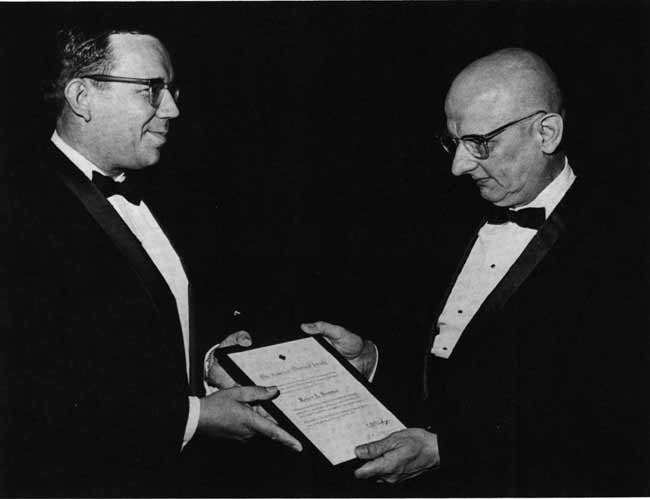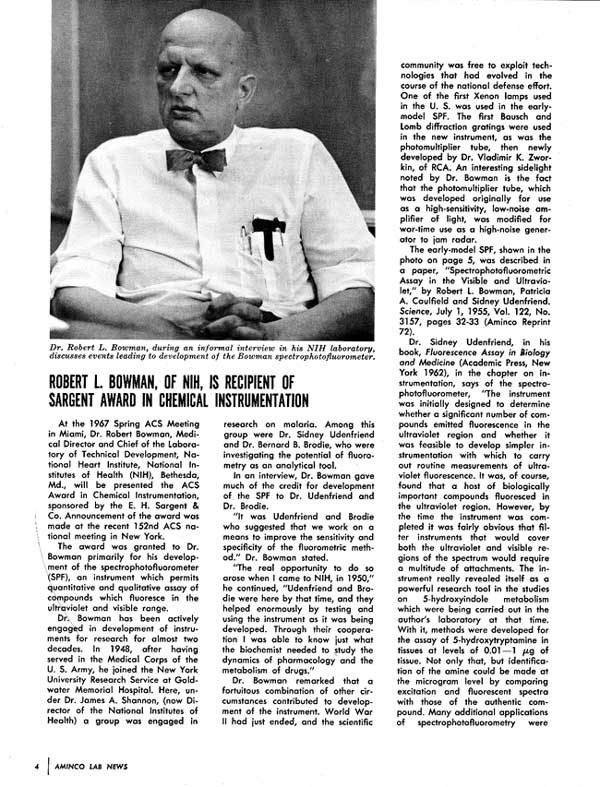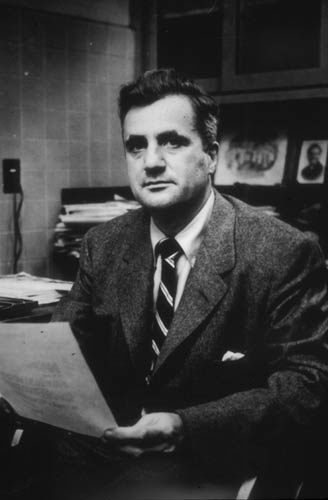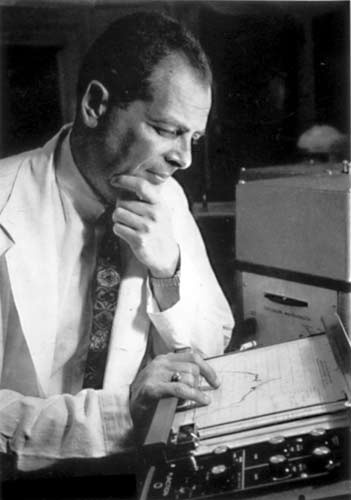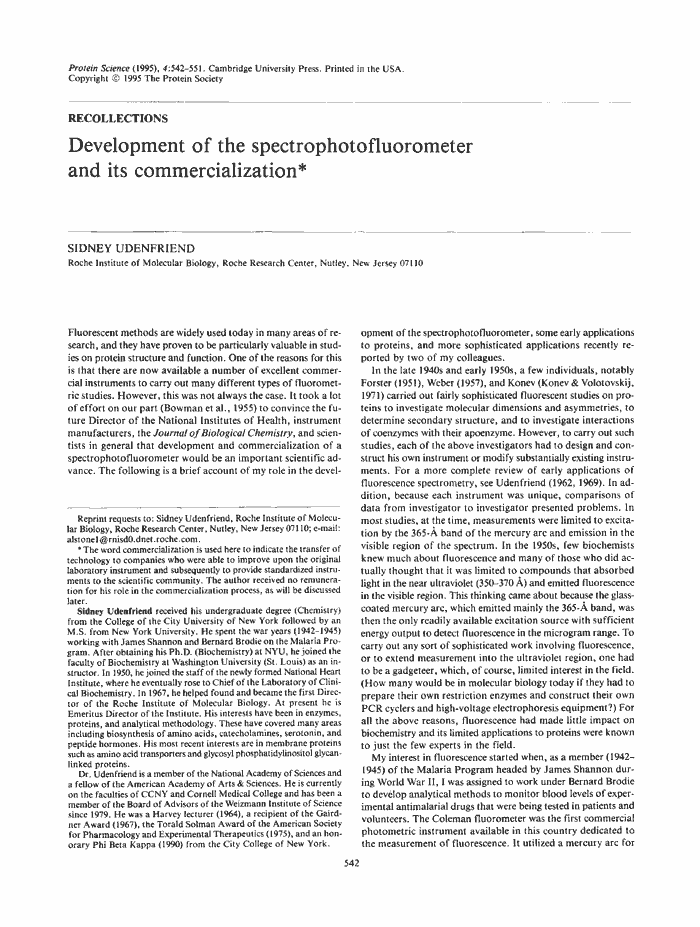...
| Div | ||||||||||
|---|---|---|---|---|---|---|---|---|---|---|
| ||||||||||
|
Bernard B. Brodie (1909-1989)
| Div | ||||||||||
|---|---|---|---|---|---|---|---|---|---|---|
| ||||||||||
|
Dr. James Shannon (1904-1994)
| Div | ||||||||||
|---|---|---|---|---|---|---|---|---|---|---|
| ||||||||||
|
In 1955 Shannon was named director of NIH, a post he held for thirteen years. He oversaw a period of vastly increased construction, increased funding for research personnel and laboratories, and the creation of new research centers. Shannon brought money from Capitol Hill and new optimism to NIH, from which he retired at the mandatory age of sixty-four in 1968. Shannon then served in a variety of consultant and board positions with various universities, hospitals, and other institutions. To honor him for his many contributions to NIH, the central administration building (Building 1) was named for him in 1983.
Sidney Udenfriend (1918-2001)
| Div | ||||||||||
|---|---|---|---|---|---|---|---|---|---|---|
| ||||||||||
|
In 1995 Dr. Sidney Udenfriend wrote a history of the SPF, "Development of the Spectrophotofluorometer and its Commercialization."


